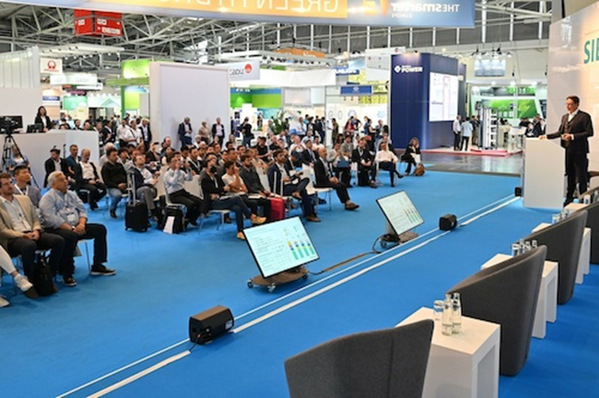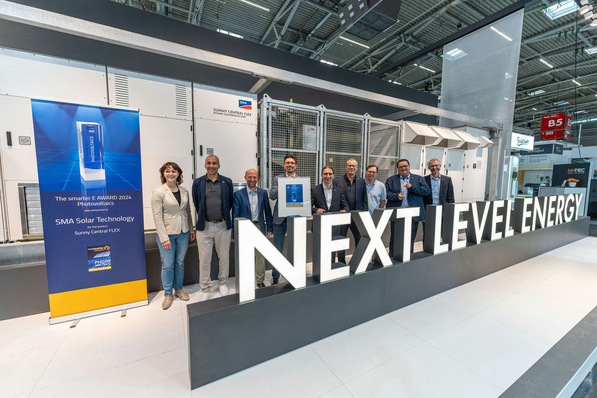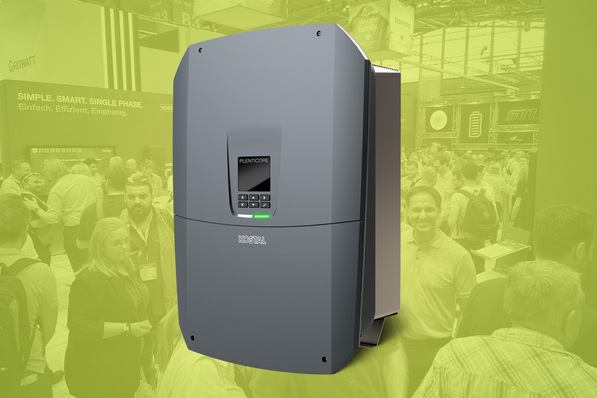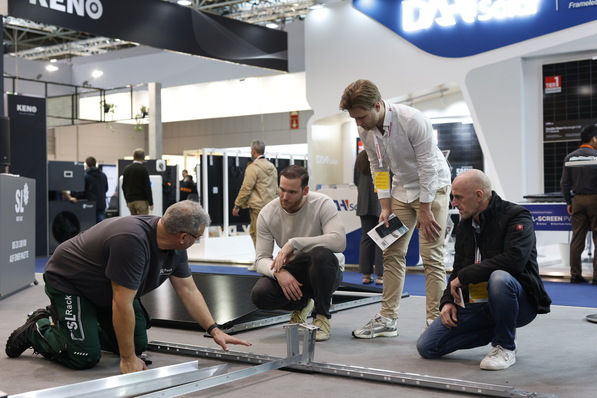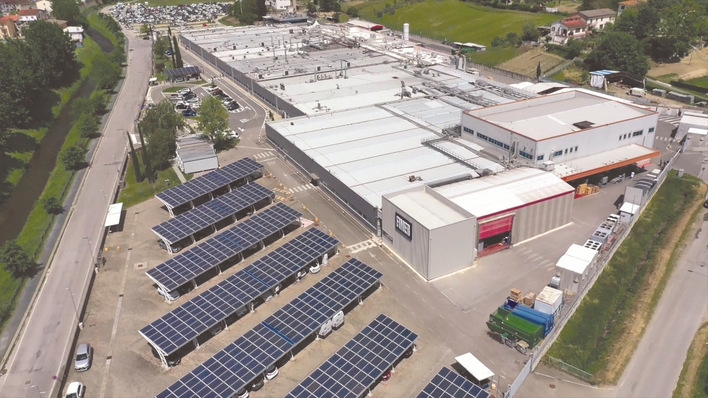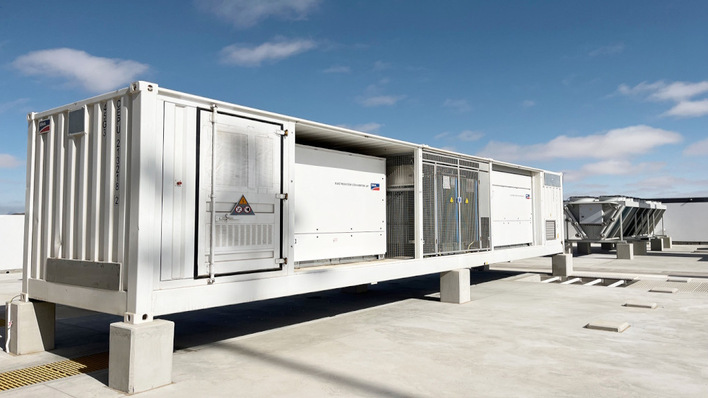The effects of climate change can already be felt today. Luckily, Germany decided in favour of the Energiewende in 2000 and has been working on that project ever since: the Erneuerbare-Energien-Gesetz (renewable energies law) has been promoting the generation of electricity from renewable sources – and this has helped to significantly reduce carbon dioxide emissions in the electricity sector. The Energiewende’s main goals are to shut down all coal-fired plants by 2038 and to reduce any greenhouse gas emissions by up to 95 percent by 2050.
COVID-19: ideal weather conditions and low electricity consumption
Those are quite tough goals – and to reach them, Germany has to flexibly adapt its electricity generation to its needs. Furthermore, grid stability must be guaranteed so that blackouts can be prevented. During the COVID-19 lockdown, the energy consumption went down considerably – while the share of renewable energies in the energy mix reached an unexpected high due to ideal weather conditions: Germany could have satisfied all of its energy needs with energy from renewable sources during those times. Nevertheless, it still needed coal and nuclear power plants to guarantee grid stability and to meet energy demands afterwards – this led to higher costs, as the electricity produced during those ideal weather conditions was exported to neighbouring countries.
The solution: sector coupling and energy storage systems
Scenarios like these should be avoided in the future – and we need flexible, cost-efficient energy solutions for that. Using the grid modelling tool PLEXOS, Wärtsilä has analysed how to integrate renewable energies more efficiently into the German power supply system while also guaranteeing grid stability. The result: a combination of sector coupling and energy storage systems can provide the much-needed flexibility with regard to the country’s energy generation – including constant grid stability and reduced costs.
Read more: Wärtsilä’s GEMS to manage multi-state energy storage in the US
When the weather conditions are ideal, i.e. when there is much wind or the sun is shining, there is an excess of energy from renewable sources. This excessive amount of energy can be stored in battery systems – and it can then be fed back into the system at a later point of time, when the renewable energy sources do not generate enough electricity to meet the demand. The use of those battery systems is only possible to a limited extend, though, as the costs are quite high – instead, a combination with other technologies is needed. Sector coupling connects different sectors of energy production: the so-called power-to-fuel-technologies can transform excessive electricity from renewable sources into synthetic gas.
Did you miss that? Interactive map: potential of cost-optimal 100% renewable electricity systems
This is a huge advantage, as storing gas is much cheaper. If more energy is needed than is available from solar or wind energy at a specific point of time, the stored gas can be used to power combined heat and power plants – which in turn feed additional energy into the grid and thereby guarantee its stability. The Wärtsilä gas engines ensure the flexibility that is necessary, as they can be started up within 120 seconds and work with several fuels – depending on what is needed.
Supporting the Energiewende with flexible energy system solutions
In Germany, production has started again after the coronavirus lockdown – and energy consumption has been increasing. Therefore, the energy generating situation is currently calming down, but the country will be faced with the same challenges again in a few years‘ time: as renewable energies are expanded, their share in the energy mix is constantly increasing. Germany has the chance to prepare for that situation and to make the needed investments now: the know-how and necessary technologies do exist. Wärtsilä wishes to contribute to this – it wants to help make the German Energiewende happen. (hcn/ja)


